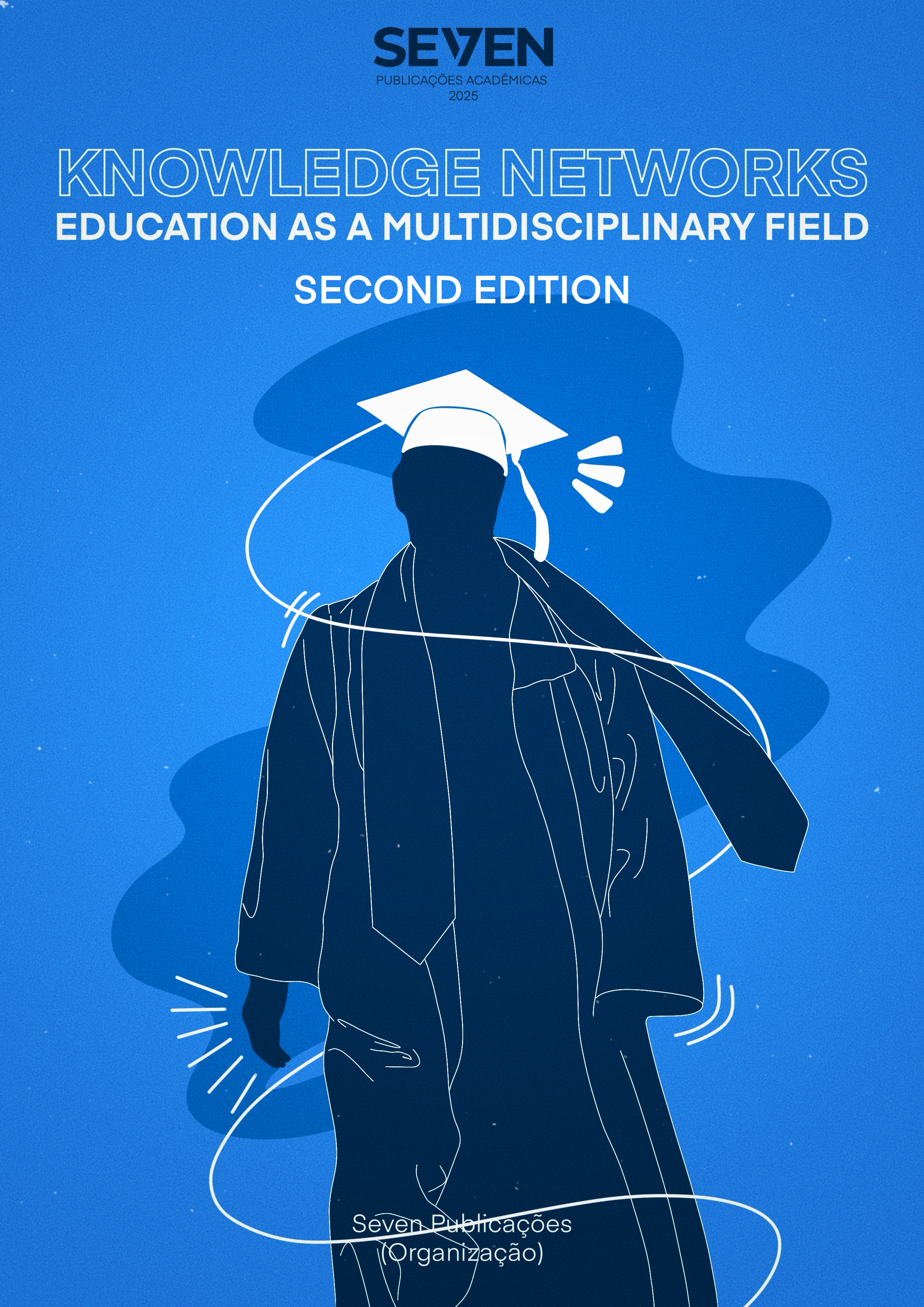DIGITAL MEDIA AND THE INCLUSION OF STUDENTS WITH DISABILITIES IN EDUCATION
Keywords:
Inclusion, Digital Media, Vision, DeficiencyAbstract
This paper explores the importance of integrating Information and Communication Technologies (ICT) in the inclusion of students with low vision and blind people in schools. The increased use of visual resources in digital technologies represents a challenge for these students, but the appropriate use of tools such as Audio Description (AD) and assistive technology can transform the educational experience, promoting more equitable access to content. AD, by converting visual information into verbal descriptions, allows students with visual impairments to access materials that would otherwise be inaccessible. By adopting these inclusive technologies and practices, schools can overcome visual barriers and create a collaborative and accessible environment for all students. School plays a fundamental role in promoting inclusion and respect for differences, being a privileged space for discussing human rights and diversity. The integration of ICT and adaptive resources not only meets legal inclusion guidelines, but also contributes to fairer and more effective education. Commitment to innovation and adaptation of pedagogical practices is essential to ensure that all students can fully participate in the educational process and develop their potential. With a strategic and inclusive approach, educational institutions can move forward in creating a more accessible and equitable future, reflecting the value of diversity and promoting equal opportunities for all students.
Downloads
Published
Issue
Section
License
Copyright (c) 2025 William Conceição, Marcelo Morandini

This work is licensed under a Creative Commons Attribution-NonCommercial 4.0 International License.





